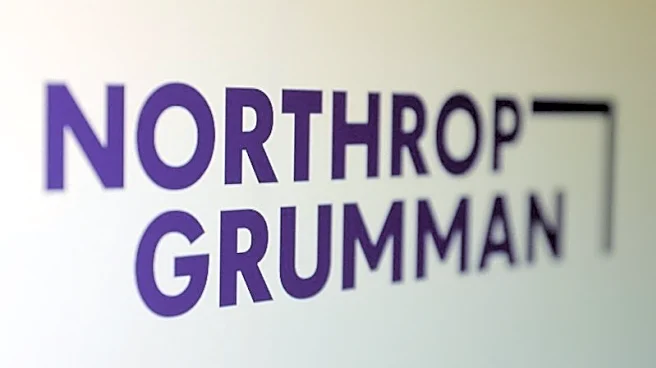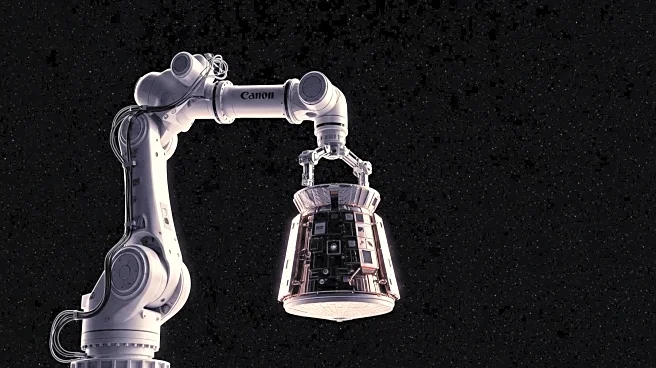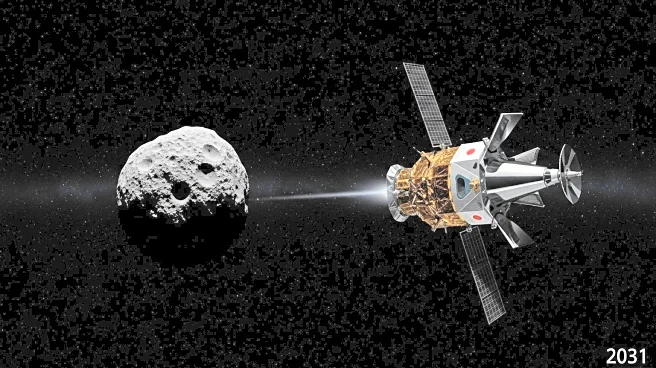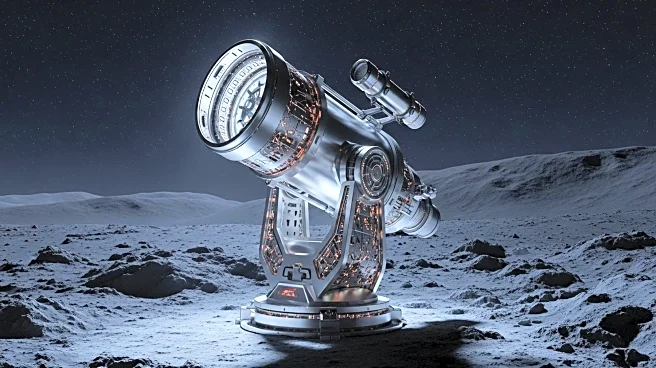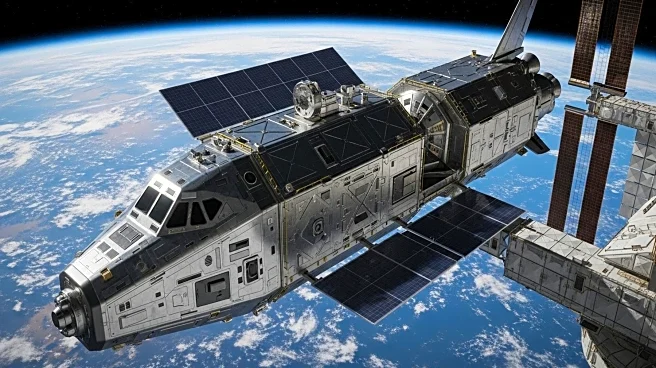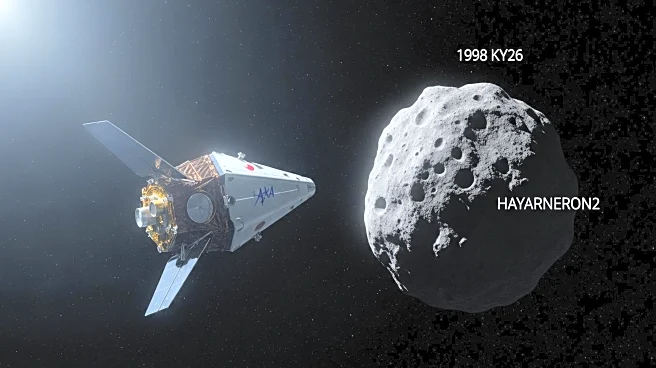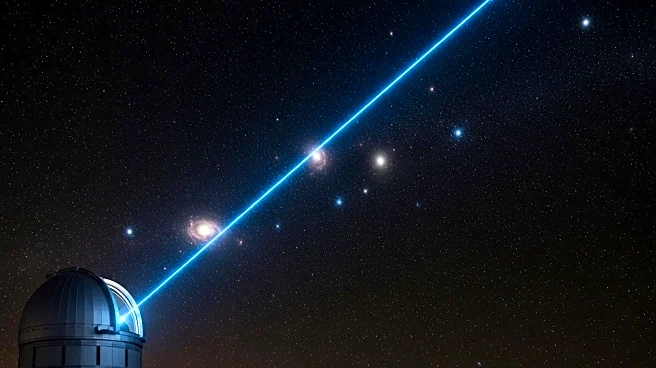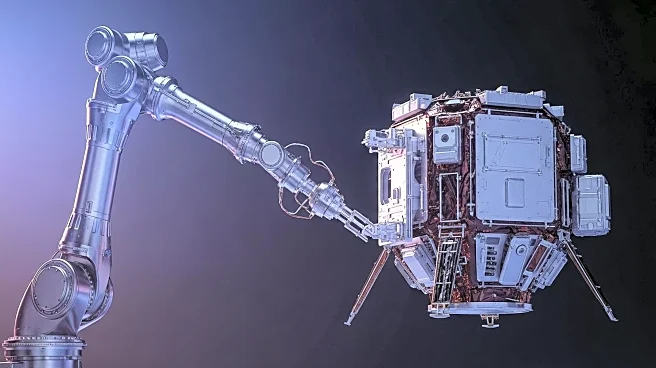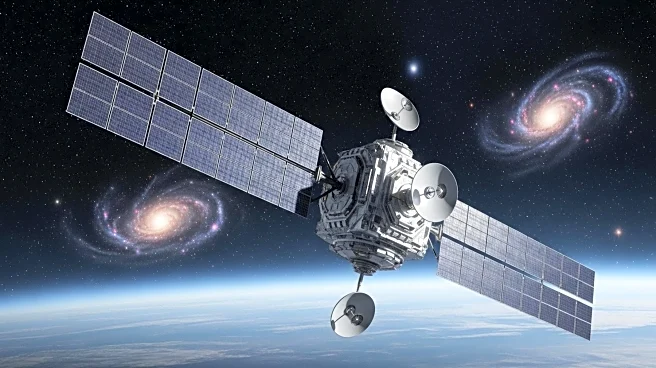What's Happening?
Defense technology company Anduril and space transportation startup Impulse Space are set to demonstrate autonomous rendezvous and proximity operations in geosynchronous Earth orbit (GEO). This mission, announced on September 16, 2025, is part of a strategic partnership aimed at developing maneuverable spacecraft for national security purposes. The demonstration, scheduled for 2026, will showcase a spacecraft's ability to autonomously approach, image, and maneuver around other objects in orbit. The mission will utilize Impulse's Mira spacecraft, equipped with Anduril's software-defined payloads, including a mission data processor and a long-wave infrared imager. The spacecraft will be transported to GEO by Impulse's Helios space tug, developed with support from the U.S. Space Force.
Why It's Important?
The ability to perform autonomous maneuvers in GEO is of strategic importance, particularly for the U.S. Space Force, as it enhances space domain awareness and deterrence capabilities. This technology allows for the inspection and monitoring of satellites, providing military commanders with critical insights into potential threats. The partnership between Anduril and Impulse Space highlights the growing emphasis on developing responsive and agile space technologies that can quickly adapt to new intelligence requirements. The success of this mission could pave the way for more advanced autonomous operations in space, benefiting both military and commercial sectors.
What's Next?
The demonstration is planned for 2026, with the potential for further development and deployment of similar technologies if successful. The U.S. Space Force and other stakeholders will likely monitor the outcomes closely, as the ability to autonomously maneuver in GEO could significantly enhance national security capabilities. Future collaborations between defense contractors and space startups may emerge, focusing on expanding the applications of autonomous space operations.

